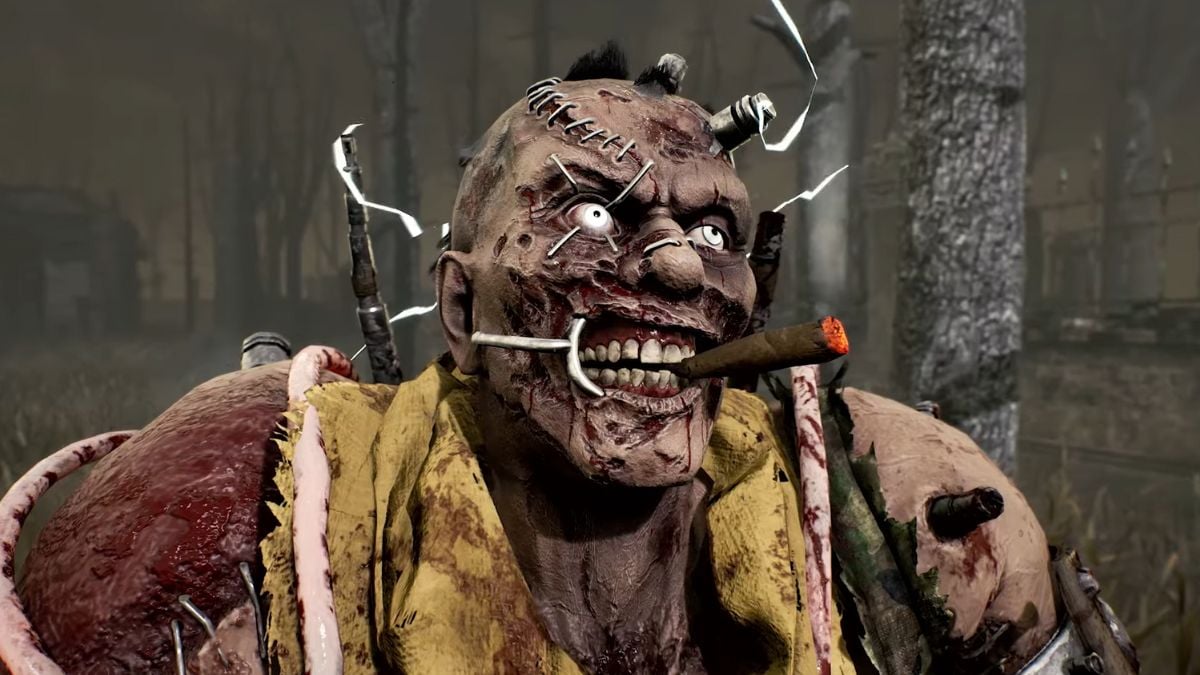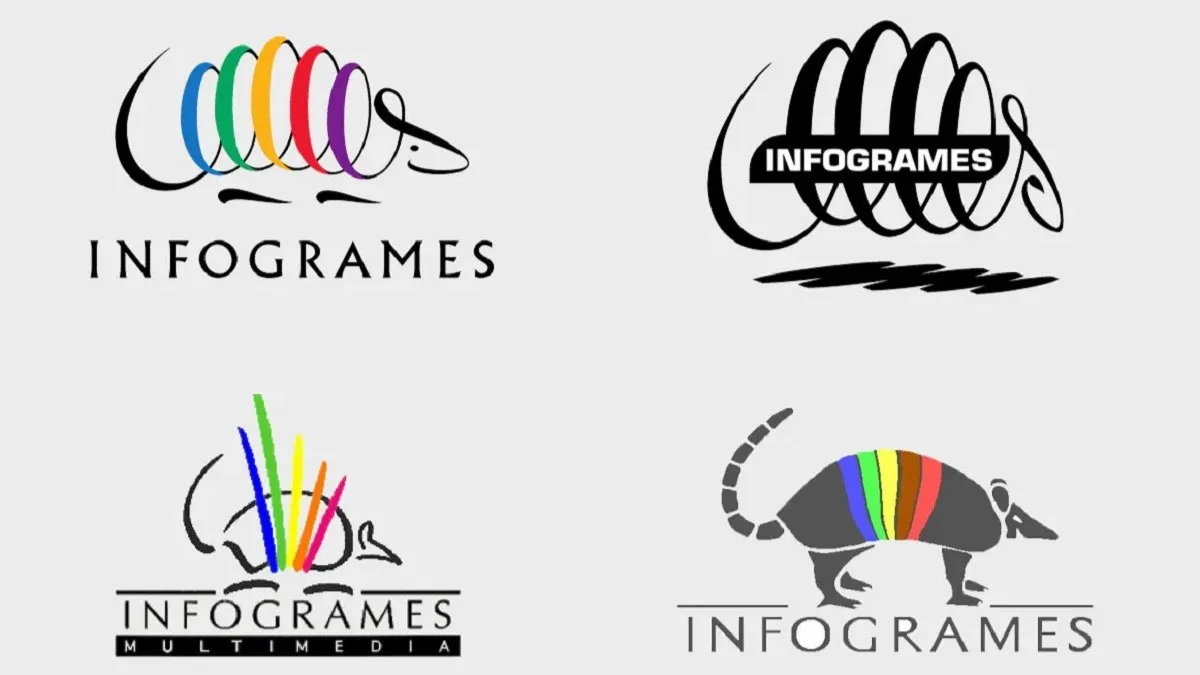In all my years of playing games, I don’t think I’ve ever found a more deserving example of the 5/10 score than F.E.A.R. 2. It’s totally solid, yet completely predictable.
F.E.A.R. 2 includes pretty much every single FPS cliché of the last few years — turret levels, ventilation shafts, tedious turn-off-the-gas-valve-to-proceed puzzles — yet these remain tolerable, due almost solely to the strength of the central gunfighting mechanics. The enemy AI is even better than in the first F.E.A.R., the weapons feel responsive and brutal (though I still can’t comprehend why Monolith got rid of the akimbo pistols), and the environments tear apart rather nicely in the heat of protracted gun battles. It may not sound that impressive when I say that enemies will team up, throw grenades, create cover and flank you at every opportunity, but the impressive baddie AI alone still kept me at least marginally interested for most of the game’s eight-hour campaign.

There is only one area in which F.E.A.R. 2 unquestionably fails (hint: it’s in the title). The “gunfight, scary sequence, gunfight, scary sequence” structure is back from the first game, but it’s just hard to care anymore. Alma wasn’t terribly frightening to begin with, and the cheap scares that were occasionally effective from the first game now feel old and expected. It’s worth mentioning, though, that few of the scare sequences are visually striking and damn near gorgeous (actually reminding me of Flower, believe it or not). So, they’ve got that going for them.
If you played the first F.E.A.R., you’ll be surprised to find that every single enemy and weapon (sans akimbo pistols) from the first game make an appearance. You will then be even more surprised to find that they make up roughly 90% of the game’s content. Apart from two new weapons (both of them pretty cool), two new enemy types, and an occasional hop into a Giant Goddamn Robot with unlimited ammunition, the campaign doesn’t have anything terribly new to offer. Again, though, maybe this isn’t a problem; personally, I haven’t played F.E.A.R. since it first came out, so the enemy and weapon repetition felt fresh, if only because I couldn’t remember them that well. The one problem I do remember having with the first game — the repetitive office building environments — is thankfully addressed in the sequel thanks to the frequent changes of scenery offered by the story.

Speaking of story: some of it is better-integrated with the actual gameplay than the email- and PDA-heavy first game, but I still found it loose and irrelevant in the final analysis. Though I had a pretty decent idea of what was going on the majority of the time, some stuff happens at the end that made absolutely no sense to me until I looked up an explanation on the F.E.A.R. wiki. Again, there’d be more to say about this if Alma were still scary or interesting, but she sort of isn’t. She’s just a narrative catalyst for neato gunfights, and the game doesn’t attempt to make her much more than that.
In some ways, F.E.A.R. 2‘s single-player almost feels like a litmus test for shooter fans. The story is meh, the gameplay steadfastly refuses to innovate in any way, and doesn’t even make any clear improvements over the first game outside of including more varied environments and a few short sections where you control a Giant Goddamn Robot. Apart from said Giant Goddamn Robot, it has absolutely nothing new to offer — but, hey, does it need to? I can’t say for sure. It’s not going to win any awards or stick out in your memory a few years from now, but it provides simple, solid, and fairly entertaining gunplay. Whether or not that’s enough to sustain an entire game is up to you.
Score: 5.0

![]() Brad Nicholson
Brad Nicholson
F.E.A.R. 2: Project Origin isn’t a horror title, despite what the game’s cover conveys. Pictured on the insert is a nasty little girl with greasy wisps of black hair streaming into a circlet of red destruction. A stoic man stands in the center, rifle arm raised, attention focused on something outside the art. I popped the disc in the Xbox 360 and expected to be greeted with closet monsters and static hisses; I was surprised that none were to be found. Instead, I discovered that Monolith built a game based on varying amounts of teeth-gnashing intensity — sometimes veering into the obscene, always bloody and constantly engaging.
The intensity is delivered in a variety of ways. The most notable is contained within the game’s narrative. You’re a soldier, tossed into a fucked-up city controlled by a little girl who has just escaped her cage. The little girl, Alma, has all sorts of Art Bell-inspired power, including the ability to distort reality. The game often breaks the monotony of soldier slaying by tossing you into a red-washed world, complete with a gnarled tree and unassuming swing set. It isn’t just a visual ploy — although the effects are amazing — it’s also a narrative device. The game builds around your perspective and intermittently worsening condition. When you freak out, people notice. And when they blank out and enter into Alma’s reality, you pursue. You also get plenty of opportunity to build upon the game’s story elements by finding documents that contain relevant information or being guided in real time by radio events.

F.E.A.R. 2 has savage AI that constantly moves and seeks new paths according to your behavior and actions in battle. The combination makes for intense and interesting battles, especially towards the latter portion of the game when the monsters come out to play. However clever, the AI’s movements don’t hide some of the game’s flaws. The glaring problem is the cover mechanic, which feels ineffectual. You can knock down tables and desks to crouch behind, but the AI can still pick you off from your short, makeshift hiding position. I eventually got comfortable running between and hiding behind vertical barriers to avoid the short cover issue and in the process, ignored the entire mechanic.
Despite the cover issue, I had a great time with F.E.A.R. 2’s single-player component. I loved how the tight environments focused your attention on the action and allowed for a smoother progression of the game’s story by not letting you get lost in the game’s many dark corridors. I also enjoyed the varied environments and immense detail within.

The multiplayer component doesn’t have the polish that the single-player has. It offers several modes ranging from the standard deathmatch to capture the PHLAG, but Armored Front is the only mode worth playing. It pits two eight-man teams against each other in a territory capturing competition. Each team has an Elite Powered Armor vehicle — good luck getting in one with the crowds it draws between respawns — and it can swing a team’s circumstance with just a few rockets and a couple thousand bullets.
I enjoyed Armored Front because of its impersonal combat. People are more concerned with objectives and getting into the EPA instead of spawn-camping you with a missile launcher for ten minutes. The game has a ton of devastating weapons scattered throughout the maps; each one easily trumps anything you can pick with the game’s pre-match point-style armor and weapon combinations.
There are numerous instances of bad multiplayer design that pushed me towards Armored Front as the premier mode. Maps funnel players into narrow zones that don’t serve the game’s pacing or mid-range gunplay. Awkward close encounters rule these areas and remind you why you have to slow down time in the single-player. There are also multiple balance issues. Spawn points are poorly placed and predictable, weapons are strewn haphazardly across the map, and the SMG kicks more ass than the combat shotgun. It never comes together without objectives, and even with, you’ll find yourself feeling like you haven’t contributed because of the EPA’s ability to dominate the match.

F.E.A.R. 2: Project Origin is a great game, despite its lackluster multiplayer component. The intense imagery and action is framed between gratifying exploratory segments that allow you to navigate and learn about the haunted world at your own pace. A coherent story holds the dizzying narrative together, which is something that the game’s predecessor sorely lacked. Ultimately, it delivers almost everything an atmospheric shooter should.
Score: 8.0
Average Score: 7.0 — Good (7s are solid games that definitely have an audience. Might lack replay value, could be too short or there are some hard-to-ignore faults, but the experience is fun.)




